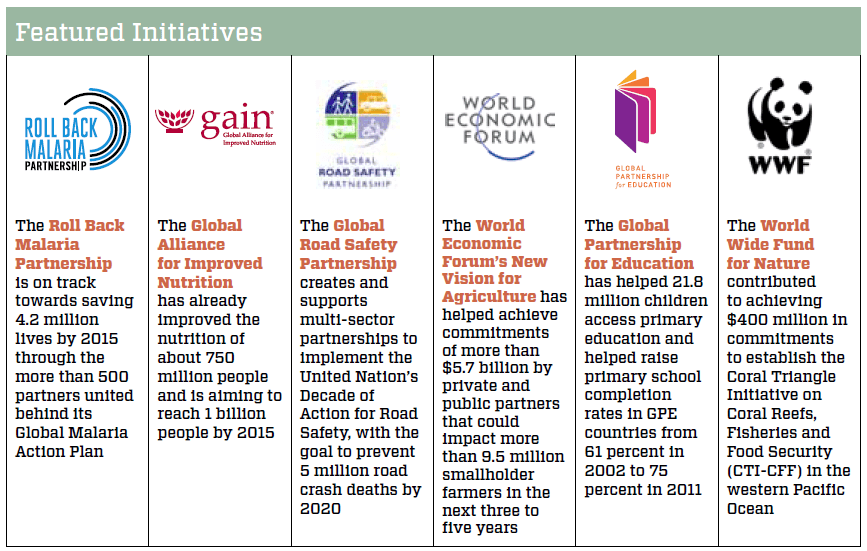As we discuss the post-2015 development agenda, how can we empower global partnerships to achieve the transformational change we need for a better future? This article provides lessons and best practices from six diverse initiatives on applying the collective impact approach on a global scale—how to develop a common agenda, operate effective shared measurement systems, support and coordinate activities, facilitate communication, and provide strong governance for global collaborative efforts. This article appeared on www.ssireview.org.
Top Takeaways
- Common issues with current global partnerships are often due to disconnects between the global strategy and local implementation, a lack of shared measurement systems, and insufficient structures to manage the complexity.

- Global collective impact efforts are different than local initiatives because they require a multi-layered backbone structure where each layer plays a distinct role, with organizations at the global, regional, and local level (see graphic).
- While the funding required to fully support a multi-layered backbone is significant, it’s small compared to the total resources that the backbone structure will help channel towards greater impact.



